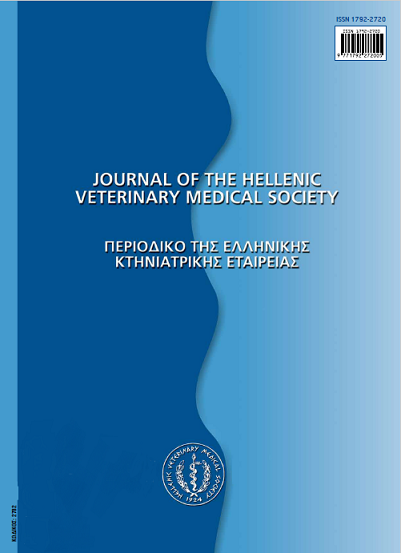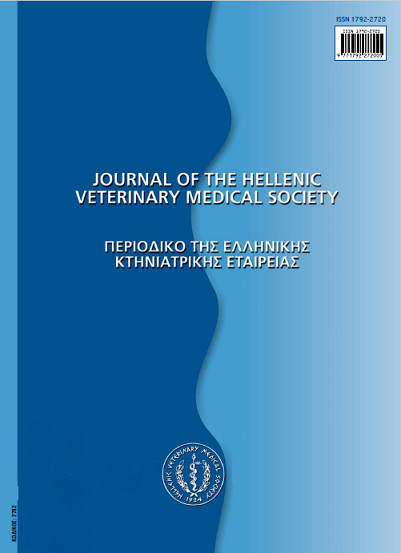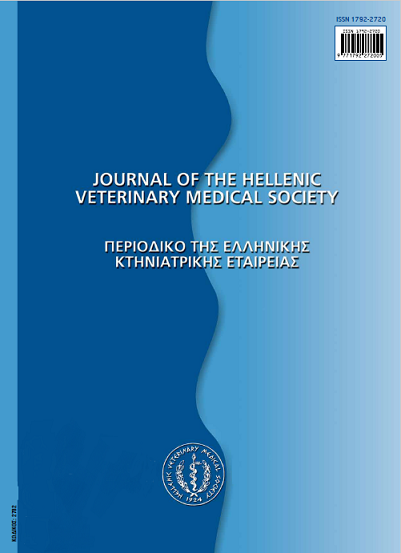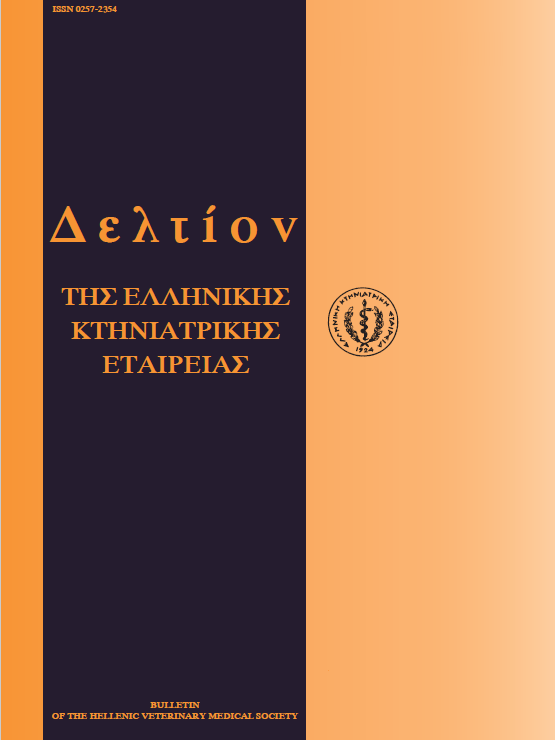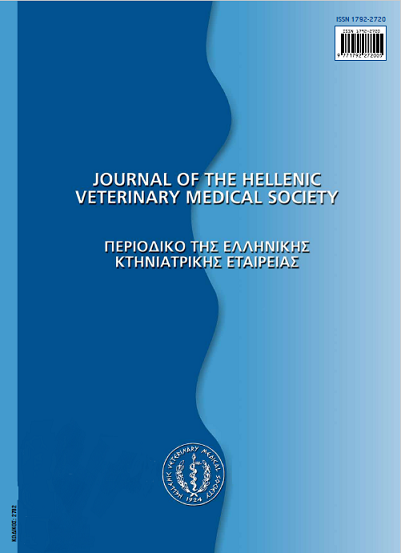An update on canine ehrlichiosis
Abstract
Canine ehrlichiosis is a common disease caused by several Ehrlichia species, such as E. canis, E. chaffeensis, E. risticii, E. ewingii, E. equi, E. platys, and an as yet unnamed granulocytotropic species or strain. Ehrlichia are tick-borne gram-negative bacteria that reside in the cytoplasm of various blood cells. The infected dogs, may manifest a wide spectrum of clinical signs, of which anorexia, depression, loss of body weight, peripheral lymphadenopathy, pale mucous membranes and bleeding tendency are the most common. The most consistent clinicopathologic findings are anemia, thrombocytopenia, leucopenia, hyperglobulinemia, and proteinuria. Apart from the clinical and clinicopathologic findings, diagnosis should be based on buffy coat, lymph node or bone marrow cytology, serology (ELISA, IFA) and/or the polymerase chain reaction (PCR). Doxycycline with or without imidocarb dipropionate constitute the mainstay of the etiological treatment, while blood transfusions, anabolic steroids, glucocorticosteroids, iron supplements and bactericidal antibiotics may be of some benefit in a certain number of cases. Effective tick control is of imperative importance for the prevention of the infection.
Article Details
- Come citare
-
MYLONAKIS (Μ.Ε. ΜΥΛΩΝΑΚΗΣ) M. E., BILLINIS (Χ. ΜΠΙΛΛΙΝΗΣ) C., & KOUTINAS (Α. Φ. ΚΟΥΤΙΝΑΣ) A. F. (2018). An update on canine ehrlichiosis. Journal of the Hellenic Veterinary Medical Society, 52(3), 176–186. https://doi.org/10.12681/jhvms.15422
- Fascicolo
- V. 52 N. 3 (2001)
- Sezione
- Review Articles

Questo lavoro è fornito con la licenza Creative Commons Attribuzione - Non commerciale 4.0 Internazionale.
Authors who publish with this journal agree to the following terms:
· Authors retain copyright and grant the journal right of first publication with the work simultaneously licensed under a Creative Commons Attribution Non-Commercial License that allows others to share the work with an acknowledgement of the work's authorship and initial publication in this journal.
· Authors are able to enter into separate, additional contractual arrangements for the non-exclusive distribution of the journal's published version of the work (e.g. post it to an institutional repository or publish it in a book), with an acknowledgement of its initial publication in this journal.
· Authors are permitted and encouraged to post their work online (preferably in institutional repositories or on their website) prior to and during the submission process, as it can lead to productive exchanges, as well as earlier and greater citation of published work.





